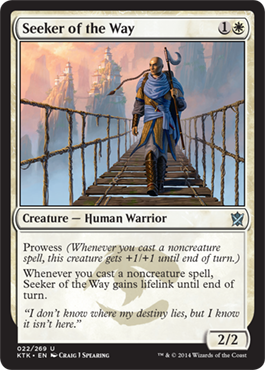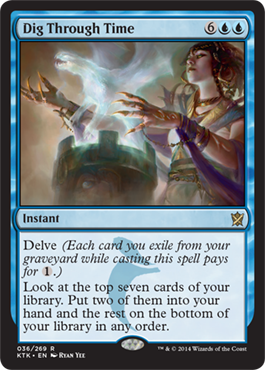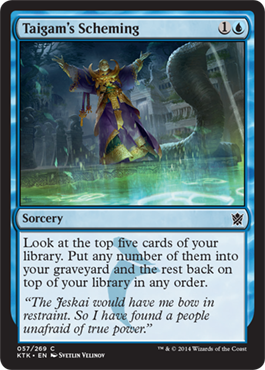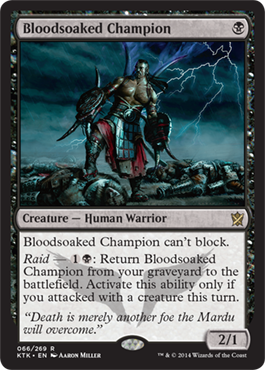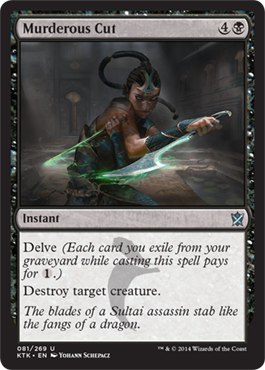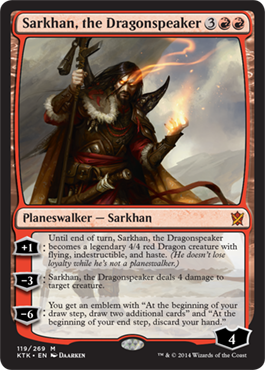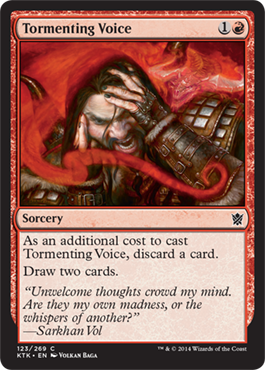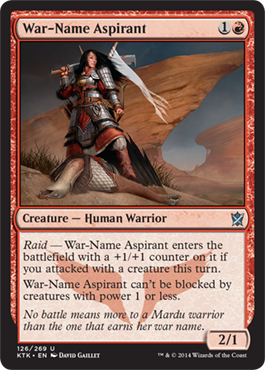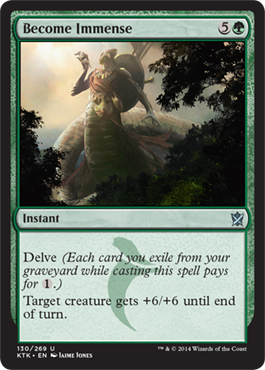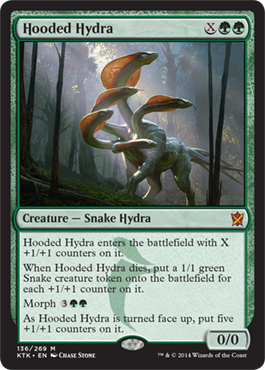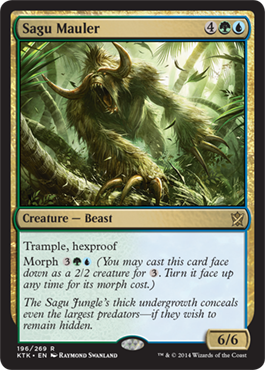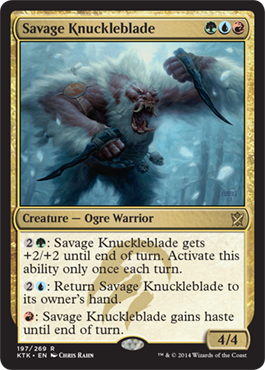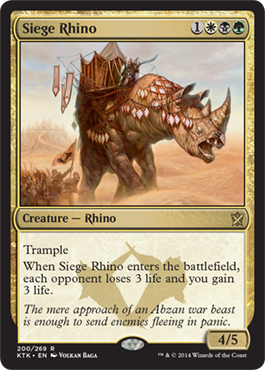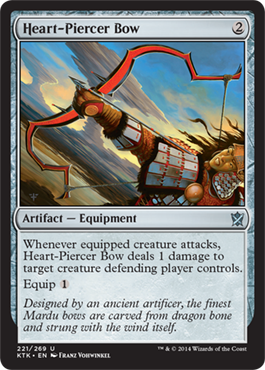What you are describing is one very valid approach to design. But it's not the only way to go about it. I personally don't want to push themes too heavily or overly emphasize gimmicks (which is where this type of design can lead if you let it). At the end of the day there really isn't any one perfect way to design a cube and I truly believe it's largely playgroup and resource dependent.
While I think the "group think" criticisms we have of MTGS are true, to some extent you see the same things on Riptide. If you build a cube with heavily pushed themes and overemphasis on certain mechanics, you end up making a cube that only plays well if it's drafted a certain way. That's great if your group always drafts that way I guess, but I'd rather guys not go into auto-draft mode if I can help it. It's especially a problem for my group because they aren't going to take the time to learn how to build the decks I'm pushing in the cube. Whether I like it or not, goodstuff.dec has to be sort of competitive in my drafts because at least one guy is going to build that regardless of how much sweet tech I put into the cube. That's just the way it is.
Honestly, the design approach described above requires more testing than I have time for. So it really isn't even an option for me anyway. My group gets together very rarely these days, so I can't really go super experimental and rely on 10 draft iterations to make the proper tweaks to where
Fatestitcher is playable. This is one area where I think the MTGS "max-power" mindset has some validity. You kind of want cards to stand up on their own and not be useless without a deck surrounding it (and those that are useless, you want it to be obvious how to build a deck around them). Again, maybe you guys all game with super Magic nerds who just love the game to the point where they dig into the details to the level you all do, but not all of us have groups like that. My players do not follow this game that closely so boutique style cube designs are just going to lose people.
While I prefer the more outside the box thinking here to the dogmatic views on MTGS, my own cube falls somewhere in between both extremes simply from a practical standpoint. I'd personally rather have a "good stuff with a focus on synergy cube" than one with heavily defined arch types and esoteric themes because I know it will be more fun for my audience. And so it doesn't really bother me that I'm running
Hypnotic Specter when he really has no tie in with any particular mechanic (I just love the new art and get a nostalgic warm fuzzy seeing it in drafts, as does at least one other guy). I try to have general ideas in each color (black likes the graveyard, killing things and zombies), but beyond that I really sort of want to just pick cards that are good and fill holes in my curve. It might be inelegant compared to other approaches, but I know I won't end up with a table where 4 of the 6 decks are unplayable messes.
And because my group is super casual, I'd rather drafts just be organic and fairly intuitive. I don't want guys trying to build a pod deck or a hyper powerful aggro deck for a variety of reasons. I feel like that hurts creativity to overly support those themes because you then have to build efficient decks to compete (instead of exploring unusual combinations of cards). And at least initially, guys would make mangled versions of the more esoteric stuff and it would result in uneven matches. This is actually a reason my cube remains semi-retro. I can only introduce so many new concepts before guys just get annoyed and start telling me why they stopped keeping up with the game (one guy flew off the handle when I rebounded
Consuming Vapors on him just to give an example of what I have to work through). It's a delicate balance over here. LOL.

